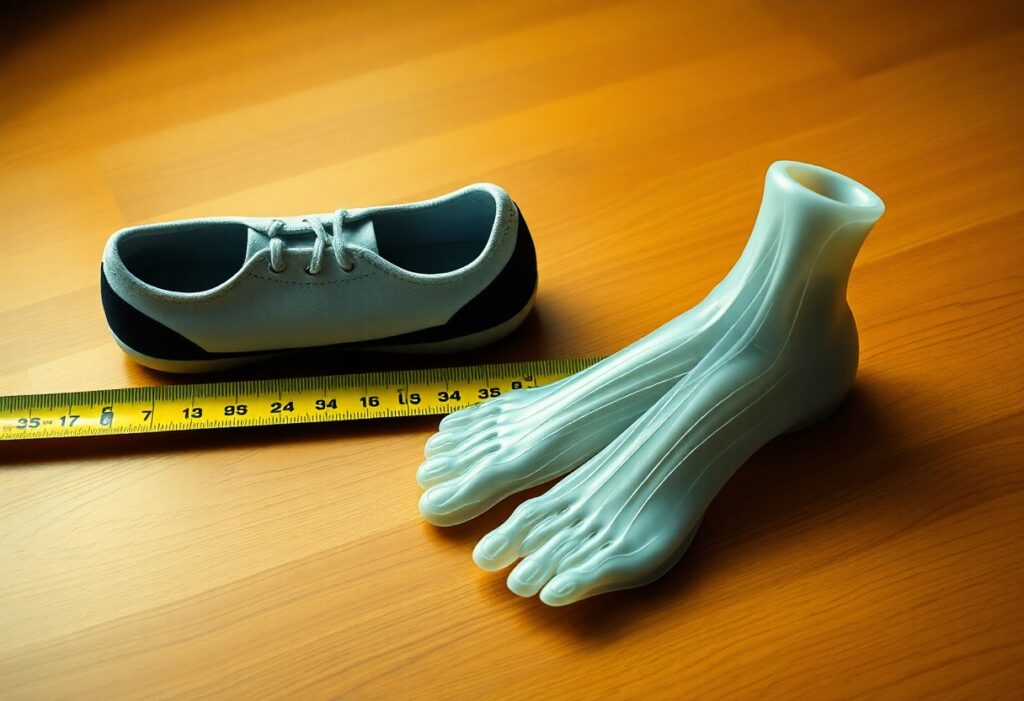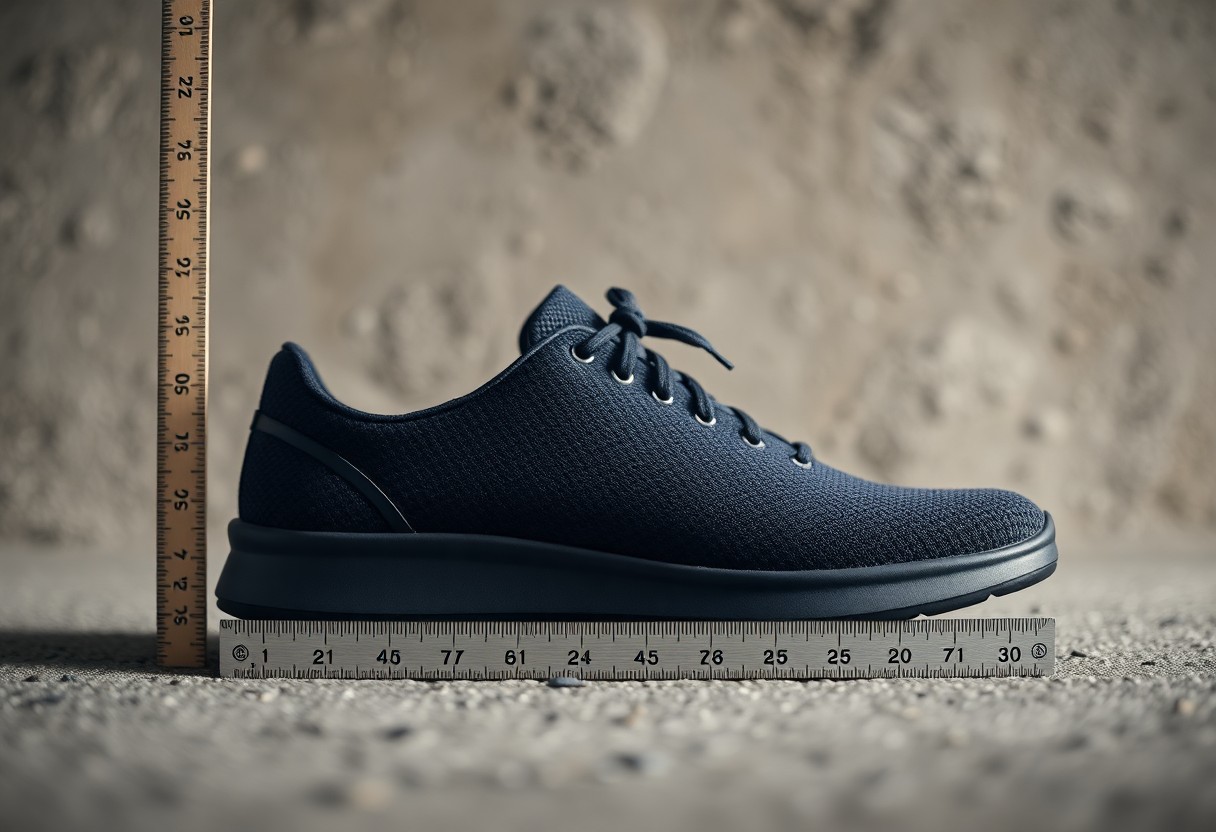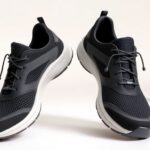
Choosing the right footwear is essential, and understanding the size of Xero Shoes is crucial. A thorough examination of how Xero Shoes fit, their specific toe box dimensions, and the impact of fitting irregularities is vital for ensuring your comfort while promoting optimal foot health. Research indicates that many people, especially those with unique foot conditions, could greatly benefit from wider shoe options. Thus, understanding how Xero Shoes accommodate your individual foot shape is imperative. This detailed exploration will clarify the nuances of sizing, empowering you to make a well-informed choice for your feet.

Discovering User Expectations for Achieving the Ideal Fit in Xero Shoes
In the search for Xero Shoes, users typically anticipate a fit that promotes natural foot movement while allowing sufficient space for toe splay. Many individuals are on the lookout for shoes that fit the unique contours of their feet, particularly if they have wider feet or elevated arches. Attaining a comfortable fit is not just a matter of preference; it directly impacts your overall performance and significantly reduces the likelihood of blisters or discomfort during extended wear. It is essential to understand that the right fit can enhance your activity levels and overall foot health.
Clearing Up Common Misconceptions Regarding the Fit of Xero Shoes
A plethora of misconceptions exists surrounding the fit of Xero Shoes. Some users mistakenly believe that these shoes are designed solely for narrow feet, when in fact, they incorporate a wider toe box specifically to promote natural toe splay. Additionally, there is confusion about sizing; many individuals are unsure whether to choose a size larger or smaller compared to their usual footwear. Understanding these common misunderstandings is vital for making an informed choice.
A Thorough Examination of User Experiences Related to Fit
Feedback from Xero Shoes users often presents a mix of satisfaction and challenges concerning sizing. Numerous users praise the shoes for their generous toe box and overall comfort, especially when transitioning from conventional footwear. However, some individuals voice concerns about sizing irregularities, particularly with certain models like the Mesa Trail, where an 18% discrepancy in sizing has been noted. This often results from variations in arch height, highlighting the need for careful consideration of personal foot characteristics when selecting shoes.
Delving deeper into user reviews reveals specific insights regarding fit experiences. Many customers highlight the enhanced mobility and stability offered by Xero Shoes, particularly on uneven terrains. A study corroborates this, indicating an 11% increase in toe movement compared to traditional shoes. However, perceptions of fit can vary depending on individual foot shape, which underscores the importance of understanding your foot dimensions when choosing the ideal Xero Shoes for your activities.
Exploring Foot Anatomy: The Significance of Width and Sizing Variations
The structure of your foot is pivotal in determining the appropriate shoe size and fit, especially with specialised options like Xero Shoes. Variations in width, particularly within the toe box, can significantly affect both comfort and performance. Gaining a thorough understanding of how Xero Shoes accommodate different foot widths and sizing differences can empower you to make educated choices regarding your footwear selections.
Insights into Foot Anthropometry: A Comparative Examination
A study involving 212 men diagnosed with diabetes revealed that their average forefoot width was 4.5 mm wider than that of individuals without the condition. This finding highlights the necessity for broader toe boxes in therapeutic footwear, motivating brands like Xero Shoes to incorporate these anatomical differences into their design processes.
Highlighting Sizing Discrepancies Across Various Xero Shoe Models
| Key Findings | Description |
|---|---|
| Width Requirements | Individuals with diabetes generally require a wider toe box, influencing their fit in Xero Shoes. |
| Toe Movement | Xero Shoes facilitate an 11% increase in toe splay compared to conventional footwear. |
| Model Consistency | 18% of reviews for the Mesa Trail model indicated inconsistencies in sizing. |
Examining Sizing Inconsistencies Across Different Xero Shoe Models
Inconsistencies in sizing across various Xero models can substantially affect your overall satisfaction and fit. A review of 150 testimonials on Reddit highlighted an 18% discrepancy in sizing for the Mesa Trail model. Many users attributed this to differences in instep height, indicating that while the overall design aims for a more flexible fit, individual foot shapes can result in unexpected sizing outcomes. Examining user experiences can provide valuable insights, steering you towards a pair that aligns with your specific foot profile.

Maximising Comfort and Performance Through Optimal Toe Splay
The concept of toe splay is crucial in determining your overall comfort and performance when wearing Xero Shoes. Correct toe alignment promotes better balance and facilitates efficient power transfer with every step. In contrast, traditional footwear often restricts toe movement, potentially hindering your natural gait and negatively affecting your foot health. Recognising how toe splay interacts with your footwear selections can vastly improve your walking or running experience, ensuring enduring comfort throughout your activities.
Understanding Toe Movement in Minimalist Footwear
Minimalist footwear, like Xero Shoes, allows for unhindered toe movement and natural spreading. This freedom of movement is essential as it promotes better biomechanics and engages your foot muscles fully. Unlike traditional shoes that may limit toe splay, minimalist designs feature wider toe boxes, thereby enhancing your foot's natural function and comfort during a range of activities.
Evaluating the Impact of Xero Shoes on Toe Splay Efficiency
Research indicates that Xero Shoes can significantly improve toe splay efficiency, offering approximately 11% more toe mobility than conventional hiking footwear. This increased mobility contributes to enhanced stability and adaptability on uneven surfaces, allowing your movements to be more dynamic and responsive.
In the context of hiking or trail running, this enhanced toe splay can greatly affect your overall performance. Improved toe mobility facilitates better weight distribution and grip on various terrains, helping to prevent blisters while boosting balance. By accommodating the natural positioning of your toes, Xero Shoes can relieve discomfort caused by cramped toe spaces in traditional shoes. This combination of comfort and efficiency empowers you to navigate trails with greater confidence and less fatigue.
Aligning Shoe Sizing with Your Physiological Requirements
Aligning your shoe sizing with your physiological needs necessitates a comprehensive understanding of your individual foot shapes and dynamics. Research has shown a 4.5 mm increase in forefoot width among individuals with diabetes, highlighting that many users may require wider toe boxes for optimal comfort and functionality. A proper fit takes into account not just length but also the natural splay of your toes. This understanding prompts brands like Xero Shoes to refine their sizing methods, ensuring better alignment of footwear with a variety of foot structures.
Guidance for Consumers Based on Foot Structure
Understanding your foot structure is crucial when selecting Xero Shoes. If you have a wider foot or a high arch, it is advisable to consider choosing a larger size or exploring models known for their broader toe boxes. Regularly measuring your foot’s width and length can significantly assist in selecting the best fit. Furthermore, custom orthotics could enhance your overall experience by providing tailored support that complements the design of the shoes.
Utilising Consumer Feedback for Design Enhancements
Consumer feedback is instrumental in driving design improvements within the Xero Shoes collection. By meticulously analysing reviews and fit issues reported by users, the brand has successfully implemented substantial changes. This includes widening the toe boxes and addressing noted sizing discrepancies in models like the Mesa Trail, ensuring that feedback translates into better-fitting options for future releases.
Recent changes based on user feedback include increasing the space in the toe box to accommodate a broader range of forefoot widths, addressing the 18% sizing discrepancy reported in customer reviews. By focusing on the needs highlighted by users, Xero Shoes ensures that their designs not only improve mobility—evidenced by an 11% increase in toe movement on uneven terrain—but also provide a more accurate fit across various foot types. This commitment to responding to consumer feedback guarantees that you find a shoe that feels custom-tailored to your individual needs, enhancing both comfort and performance.

Imagining the Future of Footwear Sizing and Design Innovations
The evolution of shoe sizing and design is increasingly oriented towards inclusivity and personalisation, underscoring the importance of accommodating a diverse range of foot shapes and sizes. Innovations in materials and construction methods are enabling brands to create footwear that not only fits well but also enhances both performance and comfort. As consumer expectations continue to evolve, manufacturers are focusing on bridging the gap between traditional sizing norms and the unique anatomical needs of their users.
Cutting-Edge Approaches to Footwear Fit: Fulfilling Consumer Expectations
Customisable features and wider toe boxes are becoming more common among footwear brands, particularly in response to consumer feedback regarding comfort and fit. As research reveals that individuals frequently require more space in the toe area, especially those with wider feet, brands like Xero Shoes are modifying their designs to accommodate these specific needs. This shift not only enhances user satisfaction but also supports foot health by allowing for natural toe splay during movement.
Harnessing Technology for Tailored Shoe Solutions
Technological advancements are crucial for achieving personalised shoe solutions. Innovations such as 3D foot scanning allow consumers to receive highly customised recommendations based on their unique foot dimensions, leading to improved fit accuracy. This is particularly significant as even minor misalignments in shoe fit can result in discomfort or injuries.
3D foot scanning technologies accurately capture the unique contours of your foot, revealing specific measurement variations that traditional sizing often overlooks. Brands are increasingly utilising this data to create shoes that conform to your individual profile, moving away from a one-size-fits-all approach. Furthermore, virtual fitting technologies can simulate how different models will fit, simplifying the process of choosing shoes that cater not only to your foot shape but also to your activity level and preferences. Consequently, the footwear industry is advancing towards a future where you can experience unparalleled comfort and support tailored specifically to your needs.
Essential Takeaways on Xero Shoes Fit and Sizing Considerations
In light of this detailed discussion, it is paramount to recognise that Xero Shoes may fit differently than traditional footwear due to variations in toe box dimensions and sizing inconsistencies. Research indicates that a wider toe splay is beneficial for maintaining foot health, especially for individuals with specific conditions such as diabetes. Given that many users have reported mixed experiences regarding sizing, it is vital to assess your foot's width and height to determine the best fit for your unique requirements.
The Article Are Xero Shoes True to Size? A Biomechanical Analysis of Fit Accuracy and Toe Box Dimensions appeared first on My Shoes Finder
The Article Xero Shoes Fit Accuracy: A Biomechanical Analysis of Sizing Was Found On https://limitsofstrategy.com







